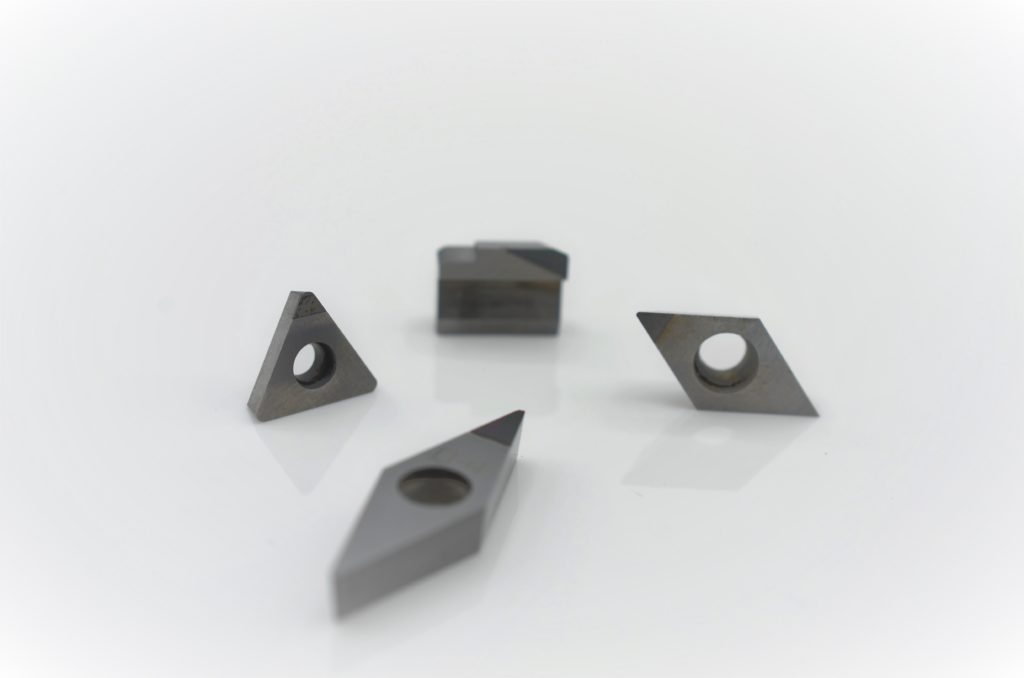Blog
Cut Cost, Not Quality, with Reconditioned Inserts from GWS
If you’re a high-volume production type facility, getting as much value as possible out of your cutting tool inserts on long runs is essential. So, what if you could find a source of high-quality cutting tool inserts at half the price? That’s exactly what happens when you take advantage of our Tool Reconditioning services. Beyond the initial cost savings of being able to use the inserts 2 to 3, or even more times, our regrinding operation offers value-added benefits you won’t find anywhere else. Reduced lead times, inventory management and cloud-based tracking are other ways to benefit from our regrinding process. Most importantly, the service you get will be tailor-made to your needs. Let’s take a closer look at how it all comes together.
Quality
Let’s set the record straight right up front. Reconditioning inserts does not mean taking a step down in quality. Quite the contrary. The GWS Tool Recondition program regrinds your worn out, chipped and used inserts back to newly manufactured tool quality. When you put one of the reconditioned inserts into your CNC, you can machine with confidence.
Reconditioning Tips
A PCD or CBN tipped insert can generally be re-sharpened 2 to 3 times. After that the substrate (body) of the insert may start to be degraded from the heating and cooling cycle during the brazing process. The most common styles that we recondition are ISO standard as well as most standard and special milling inserts, both carbide and steel bodied. We can do multi-cornered inserts, but usually these are only for CBN inserts, and PCD inserts are normally only single tipped.
Choose a Process
Depending on your needs and the applications, there are three ways to add new life to your old inserts. The first is to shim and regrind. With this method, the PCD/CBN tip is removed and then placed back into the original body with shim stock placed behind the tip.

This will “push” the tip out from the body and the overhanging (damaged from use) material will be ground away, to re-establish a new cutting edge by utilizing the un-used material for a brand new cutting edge that will be ground to the original dimensions of the new insert.
Another approach is to re-tip the inserts, by replacing the worn tip with a brand new PCD or CBN tip. This will allow the edge length of the tip to be the exact length of the original insert. In some applications, the edge length is critical and must be maintained. This is one of the reasons that a re-tipped insert may be needed as opposed to the Shim and Regrind. The re-tipping process is slightly more expensive due to the new material which is being introduced, but is still roughly 30% less expensive than a brand new insert.
If you use a variety of insert sizes in sequence in your shop, a succession technique may work for you. This is most often used in conjunction with ceramic inserts, usually whisker-reinforced and other types of ceramic. This can be used with PCD or CBN inserts that are solid or “full top” configurations. With the succession, we start with the larger size (or feeder) insert and then will be ground to the next standard size. For example, RNG-45 ground to a 4V to 3V to 2V. If you do not utilize all the standard sizes, we can skip steps if needed, i.e. RNG-45 to a 3V, or 4V to a 2V and so on. These examples are for round inserts, but they can be utilized with grooving and some ISO standard inserts as well. Depending on the mix of inserts that you use, you may never have to buy a new smaller sized insert. You can buy the large (feeder) insert, and use all down-sized/reground inserts for all of your smaller insert applications.
With each process, new coating and edge preparations (T-lands, or hones) are added as required. Whatever method works best for, our turnaround for reconditioned inserts is significantly less than for new tool manufacture.
Hidden Value
Besides seeing insert costs go down by half or more, our Tool Reconditioning program offers additional benefits that reduce inventory handling and carrying costs.
Our Tool Tracking System gives you a customized communication experience. We provide live to-the-minute information on your tool regrind process and keep everything accessible through the cloud. The GWS Portal, customized to your needs, allows you to track your current regrinds in real time and stay on top of your tool inventory.
Personalized service comes standard in the reconditioning process as our technicians have the expertise to visually analyze each of your unique inserts and decide which can be shimmed and reground, which can be re-tipped and which should “fallout” (be scrapped). They can accurately predict the number of times your tool can be reground, which reduces the need for new tool purchases and helps you avoid rush charges.
We also provide custom laser etching/labeling on your reconditioned inserts for traceability and inventory management programs provided certain minimums are met.
As you can see by this article, we are offering not only an insert reconditioning service, but a whole new way to administer the tool consumption process. To discover all the ways we can help you save money and time managing your tool insert program, please contact us for a consultation.
